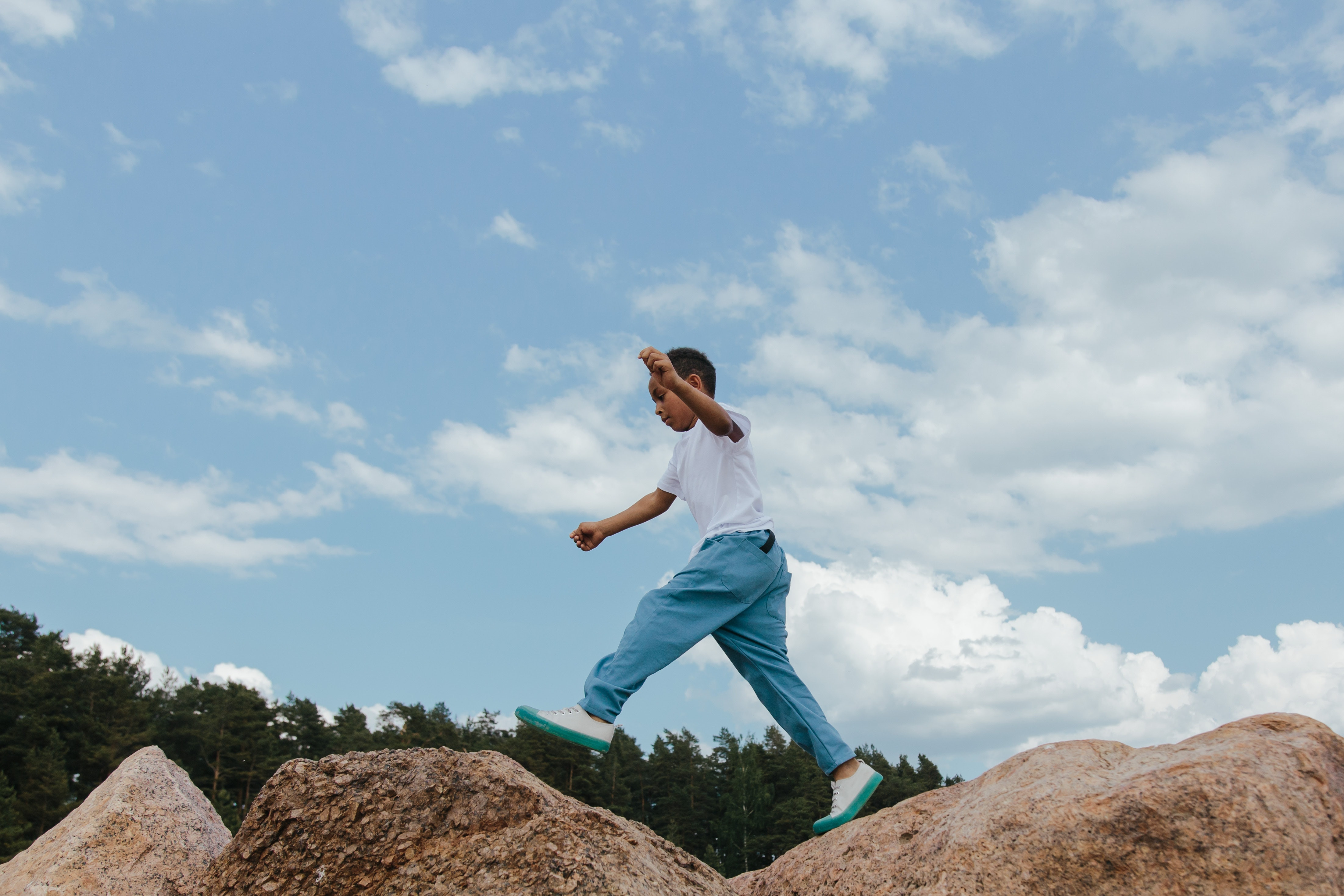Cultivating happy, healthy and resilient children through risk-taking
By default, the term risk is usually associated with negativity and seen as something to be avoided. But research shows that engaging in certain kinds of risk-taking can be beneficial for happiness, health and resilience.
Whether we realise or not, taking risks is a part of life. As soon as we get up in the morning, we engage in actions that have uncertain outcomes, that could be positive or negative. But not all risk-taking is the same. Some of the risks we take don’t feel risky, because we have normalised them as part of our everyday. Other risks do feel risky; making our palms sweat and our heart beat faster.
It is not just the way that risks make us feel that sets them apart. There are good risks and there are not so good risks. The not so good risks have a high possibility of negative outcomes and harm that may be significant or long lasting. The good risks offer benefits in multiple ways – either through positive outcomes or negative outcomes that can teach us something useful.
When we take a risk and it ends in a positive outcome, we receive a hit of dopamine. This is a brain chemical associated with pleasure and important functions, such as learning, memory and movement. The more unexpected the positive outcome is, the greater the hit of dopamine.
When we take a risk and it ends in a negative outcome, we can learn important life skills that are beneficial for health and wellbeing. If negative experiences take place in an emotionally safe and supportive environment, they can help develop social and problem-solving skills, perseverance and resilience.
When children take risks, adults often feel nervous, and rightly so. We don’t want children to experience significant or long lasting harm. But we also don’t want children to tip toe through life being too cautious to try anything new. Adult guidance and support are important for children as they learn to navigate risk-taking – a skill that will serve them well throughout life.
Here are five tips that may help as you guide and support children’s risk-taking:
-
Create an ‘as safe as necessary’ environment – children naturally seek risks. If we eliminate all risks from the environment, children will seek risk, often in inappropriate ways. Provide an environment where a variety of appropriate physical, social/emotional and cognitive risk-taking is available and encouraged. Risks are appropriate when they are suitable for a child’s age, skills and confidence.
-
Teach risk assessment – most children naturally assess risks for themselves and pull back when the risk feels too great. Build on this natural disposition by talking about the pros and cons of risky actions. When a child is about to take a risk, instead of saying ‘Stop, that’s too risky!’, ask them to wait and assess the action with you first. Talk through the potential positive and negative outcomes and help them decide if taking the risk is worth it, and if so, how to respond to outcomes.
-
Have conversations about risk-taking – talking about risk-taking helps develop understanding. Have conversations at neutral times, away from the excitement and immediacy of risk-taking, to help children understand the difference between good and not so good risk-taking. There are many ways good risk-taking can been described, including healthy, beneficial and positive risk-taking. Find language and examples that work for you. Help children to reflect on the risks they have taken – what went well? what didn’t? and, what could be learnt for next time? Calmly and thoughtfully reflecting on risk-taking creates the space for learning.
-
Model risk-taking – openly share your own experiences with risk-taking. Talk to children about why you take risks and how you assess them. Research shows that adults who participate in risk-taking are better able to support children in making appropriate decisions about risk.
-
Build positive trusting relationships – positive trusting relationships are fundamental to the development of resilience. Find opportunities to show children that you trust them. This might mean allowing them to be out of sight or discretely watching from a distance. Show children that you see them as capable. Instead of saying ‘Be careful’, say ‘Wow! Look at what you can do’ and be there for them if things go wrong. Children who feel supported are better able to bounce back from mistakes and negative experiences.
Children will have opportunities to take risks throughout their lives. Let’s give them the guidance and support needed to become confident and capable risk-takers; a disposition that can contribute to being happy, healthy and resilient humans now and in the future.



